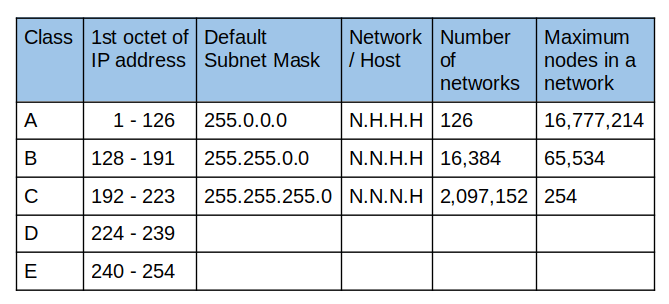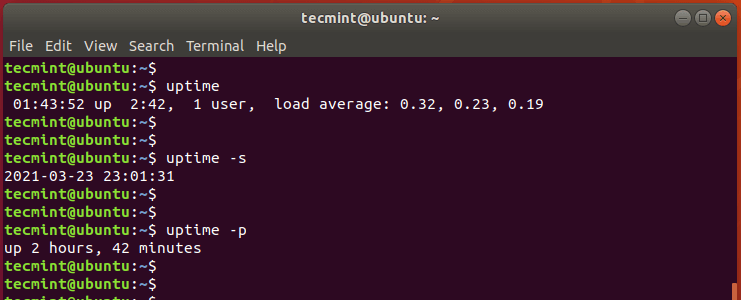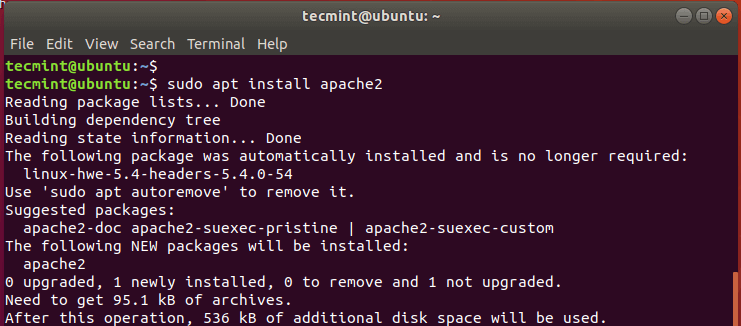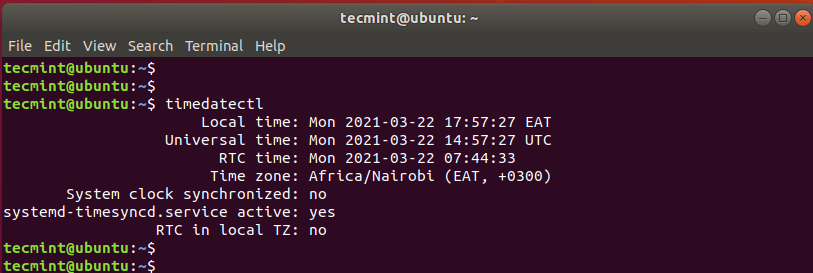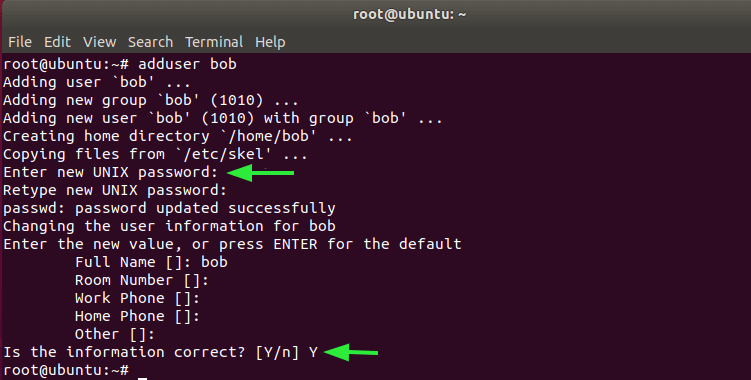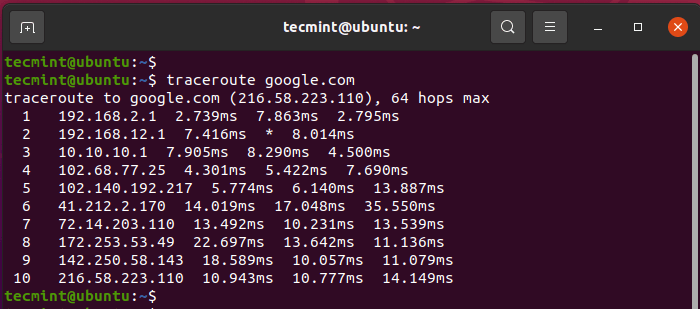In the previous topic of our LFCA series, we gave an introduction to Cloud computing, the different types and Clouds, and cloud services and walked you through some of the benefits associated with Cloud computing. If your business is still riding on the traditional IT computing environment, it’s time you leveled up and shifted to
Linux Certifications - Page 2 of 3 - DesignLinux
LFCA: Learn Fundamentals of Cloud Computing – Part 13
Cloud computing is a popular buzzword that refers to an on-demand technology that has taken over the technology world by storm and simplifies the way we provision IT resources and access data. To better understand and appreciate the concept of Cloud computing, let’s go back in time and see how the technology environment looked like
LFCA: Learn Classes of Network IP Addressing Range – Part 11
In Part 10 of the LFCA series, we brushed over the classes of IP addresses and gave examples of the commonly used IP classes. However, that was just an overview and in this part, we will dive deeper and gain more understanding about IP addressing range and the number of hosts and networks each class
LFCA: Learn Binary and Decimal Numbers in Network – Part 10
In Part 9 of the LFCA series, we covered the basics of IP addressing. To better understand IP addressing, we need to pay more attention to these two types of IP address representation – binary and decimal-dotted quad notation. As mentioned earlier, an IP address is a 32-bit binary number that is usually represented in
LFCA: Learn Basics of Network IP Addressing – Part 9
In our previous chapter of the LFCA series, we defined a computer network and briefly brushed over some of the general Linux networking commands that you can use to retrieve useful network information such as your IP address, subnet mask, open ports and so much more. In an interconnected world, networks play a huge role
LFCA: How to Monitor Basic System Metrics in Linux – Part 8
This article is Part 8 of the LFCA series, here in this part, you will acquaint yourself with the general system administration commands to monitor basic system metricks and schedule administrative tasks in the Linux system. Keeping tabs on the performance of your system is one of the crucial roles that you will have to
LFCA: How to Manage Software Packages in Linux – Part 7
This article is Part 7 of the LFCA series, here in this part, you will acquaint yourself with the general system administration commands to manage software packages in the Linux system. As a systems administrator, you will be tasked with the responsibility of managing software packages. This includes installing, upgrading, and removing or uninstalling packages
LFCA: Learn to Manage Time and Date in Linux – Part 6
This article is Part 6 of the LFCA series, here in this part, you will acquaint yourself with the general system administration commands to manage time and date settings in the Linux system. Time is crucial in any Linux system. Multiple services such as crontab, anacron, backup and restore services depend on accurate time to
LFCA: Learn User Account Management – Part 5
As a Linux system administrator, you will be tasked with ensuring the smooth flow of all IT operations in your organization. Given that some IT operations are intertwined, a systems administrator usually wears many hats including being a database or network administrator. This article is Part 5 of the LFCA series, here in this part,
LFCA: Learn Basic Networking Commands – Part 4
At any given time when using your PC which is connected to a router, you will be part of a network. Whether you are in an office environment or simply working from home, your computer will be in a network. What is a Computer Network? A computer network is defined as a group of 2

